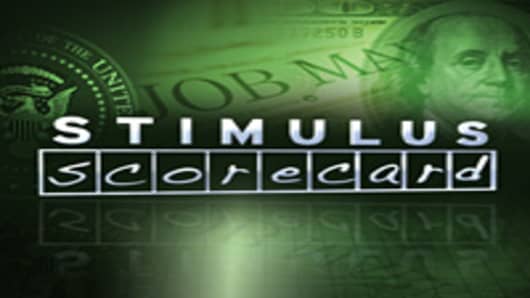He added that this is an example of government showing foresight.
"Very seldom does government look and focus on the future," he said, also poining out that the state of California will match the federal investment, dollar for dollar.
The specific focus of the major initiatives will be inter-city connections that range between 100-600 miles.
But it must be pointed out that California is the only proposal that resembles global definitions of high-speed rail. The Anaheim-San Francisco line—which projects a total cost of $42 billion— could see speeds of 200-miles per hour. But we won't be seeing bullet trains littering the countryside. Some of the trains project speeds upward of 110-miles per hour, while others will struggle to get above 80.
For perspective, Japan has had high-speed rail, with speeds over 200-miles per hour, since the 1960's. England got up to speed seven years ago, and even China implemented the technologies in 2007, investing about $50-billion.
Only Amtrak's Acela line in the Northeast comes close to being considered high speed. It has top speeds well over 100-miles per hour but nowhere near 200.
Beyond the $8 billion from the Recovery Act, high-speed rail is in the federal budget for $1 billion a year over the next five years, although not all of the $8 billion will go explicitly to high-speed rail. For example, reports out of Oregon are that Portland will receive several million dollars to repair the roof to its main station.


